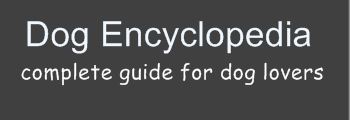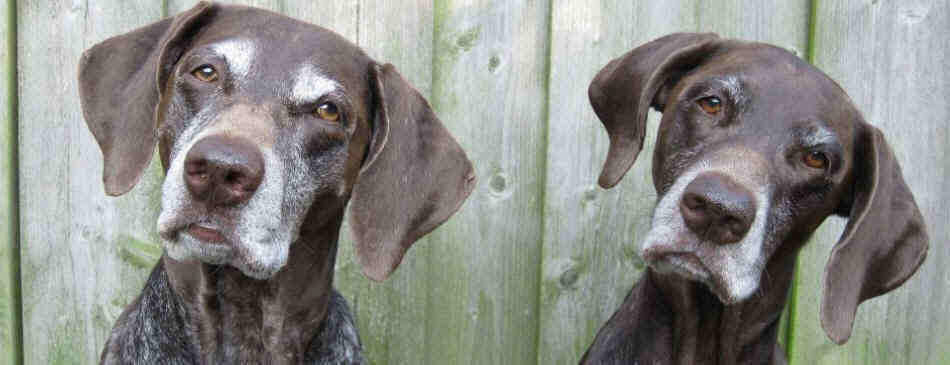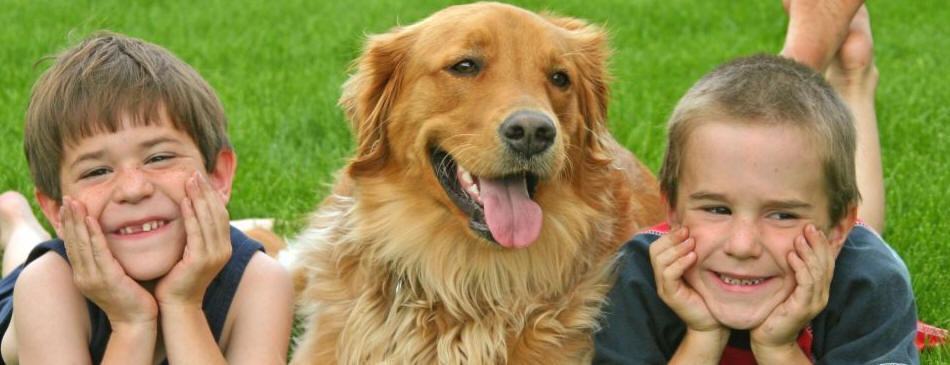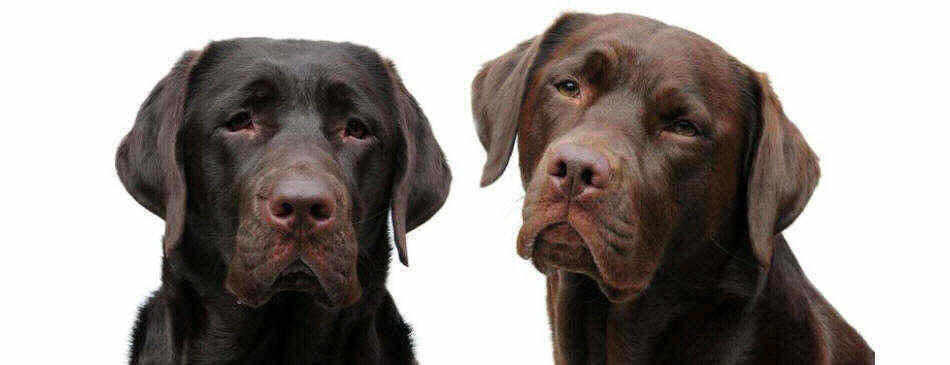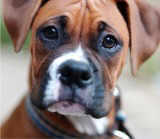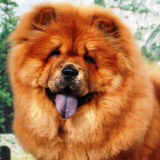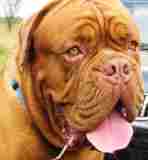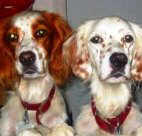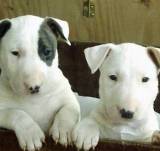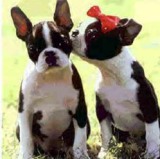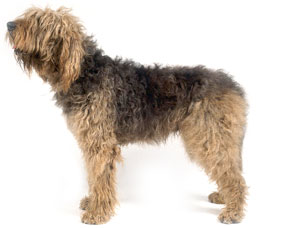AKC Dog Breeds: Otterhound
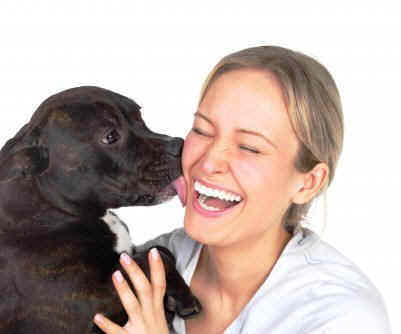
As dog owners and people who care deeply for animals and wildlife, we wanted our Dog Encyclopedia to be a website that could empower pet owners to create the most positive, loving environment for their dogs. Dog Encyclopedia realizes that owning a dog is like adding a new member to your family.
Hound Group
Height 24-26 inches Weight 66-115 pounds Color Black, Brown, Tan, Sable, Black Markings, Grizzle
Height 24-26 inches Weight 66-115 pounds Color Black, Brown, Tan, Sable, Black Markings, Grizzle
